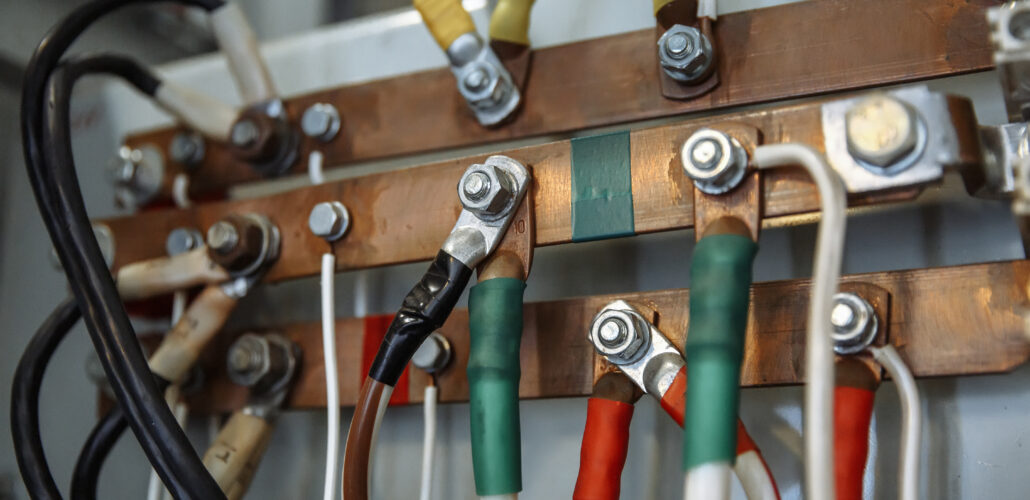Understanding the Difference Between Ground and Neutral Conductors
Fault current is rare, but when a ground wire is needed it can save lives.

Image for illustration purposes.
GIn electrical systems, grounding and neutral wires play crucial roles. Understanding their differences and functions is essential for ensuring the safe and efficient operation of electrical circuits.
Ground Conductors
Ground conductors, also known as earthing conductors, are used to connect electrical equipment to earth ground. This connection serves several purposes:
- Safety: Grounding helps prevent electrical shocks by providing a safe path for fault currents to flow.
- Fault Current Path: In the event of a ground fault, the ground conductor allows the fault current to return to the source, triggering protective devices to trip and isolate the fault.
- Static Discharge: Grounding helps dissipate static electricity, reducing the risk of fires and explosions.
Neutral Conductors
Neutral conductors are used to complete the circuit by providing a return path for the current. In AC systems, the neutral is critical for balancing the current between the phases. Here are some key points about neutral conductors:
- Current Balance: Neutral conductors help balance the current between the phases in a 3-phase system, ensuring that each phase carries an equal amount of current.
- Fault Current Return: Neutral conductors also provide a path for fault currents to return to the source, similar to ground conductors.
- Safety: Neutral conductors are used in conjunction with ground conductors to ensure safety by providing a complete circuit.
Key Differences
- Purpose: Ground conductors are primarily used for safety and fault current return, while neutral conductors are used for current balance and completing the circuit.
- Connection: Ground conductors are connected to the earth, while neutral conductors are connected to the source and the load.
- Current Carrying: Ground conductors typically carry fault currents, while neutral conductors carry normal operating currents.
Practical Applications
- Residential Circuits: In residential circuits, the neutral is used to balance the current between the phases and provide a return path for the current.
- Industrial Systems: In industrial systems, the ground conductor is used to ensure safety and provide a path for fault currents, while the neutral is used for current balance and completing the circuit.
Conclusion
Understanding the differences between ground and neutral conductors is crucial for designing and maintaining safe and efficient electrical systems. By ensuring proper grounding and neutral connections, engineers can prevent electrical hazards and ensure the reliable operation of electrical equipment.
Source: EEPower
#AC systems#cables#cabling#conductors#current balance#DC systems#earthing#electrical engineering#electrical grounding#Electrical safety#fault analysis#fault current#ground#ground conductors#grounding#hazards#neutral#neutral conductors#regulations#safety#safety regulations#safety standards



